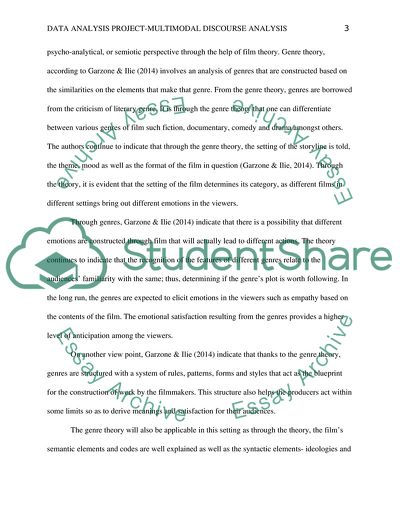Cite this document
(The Generic Structure of Pavitra Rishta Film Movie Review, n.d.)
The Generic Structure of Pavitra Rishta Film Movie Review. Retrieved from https://studentshare.org/technology/1843528-data-analysis-project
The Generic Structure of Pavitra Rishta Film Movie Review. Retrieved from https://studentshare.org/technology/1843528-data-analysis-project
(The Generic Structure of Pavitra Rishta Film Movie Review)
The Generic Structure of Pavitra Rishta Film Movie Review. https://studentshare.org/technology/1843528-data-analysis-project.
The Generic Structure of Pavitra Rishta Film Movie Review. https://studentshare.org/technology/1843528-data-analysis-project.
“The Generic Structure of Pavitra Rishta Film Movie Review”. https://studentshare.org/technology/1843528-data-analysis-project.


